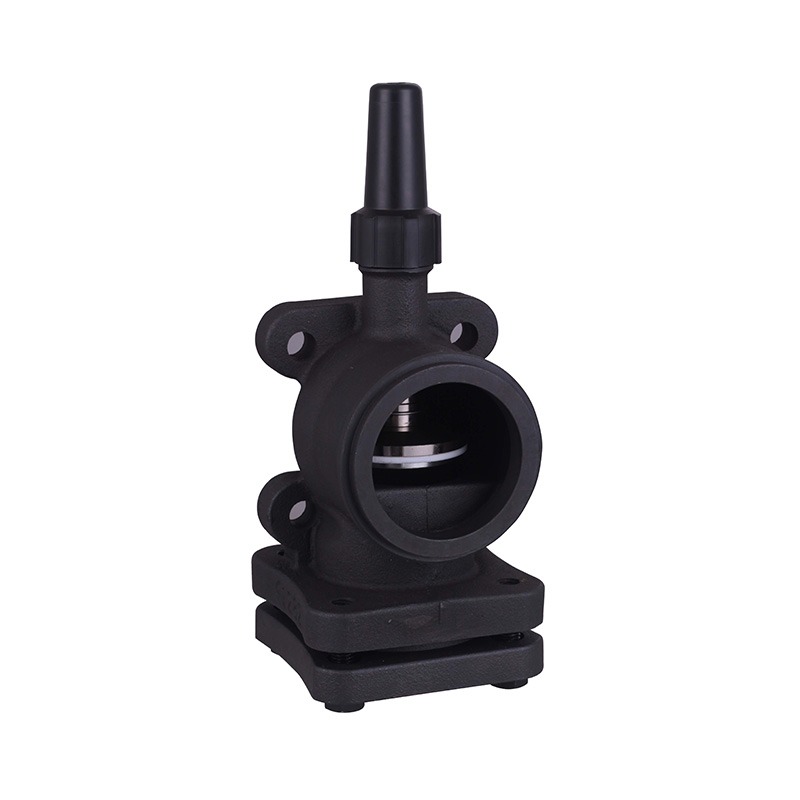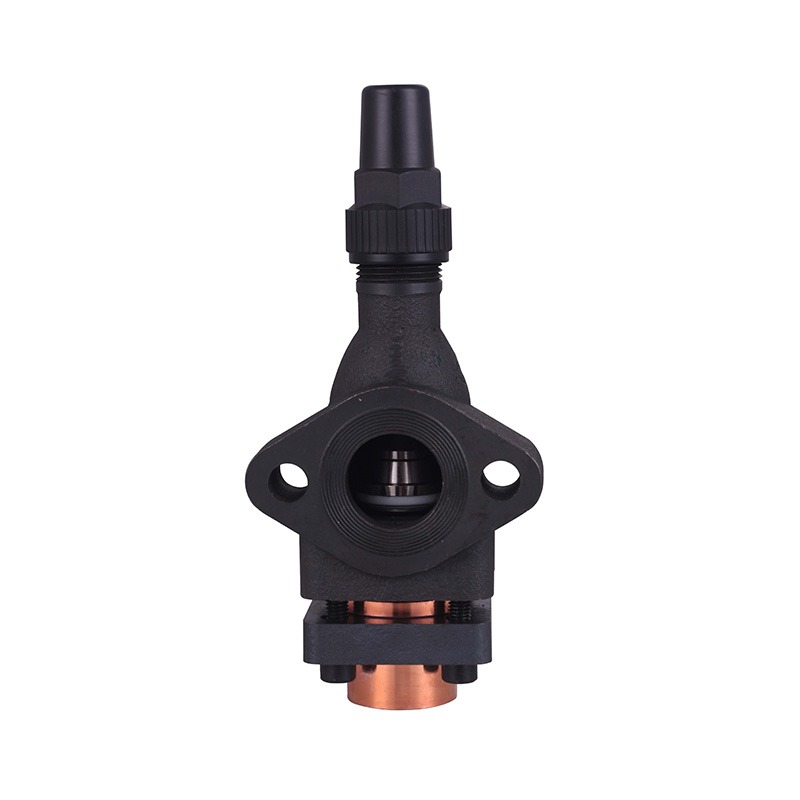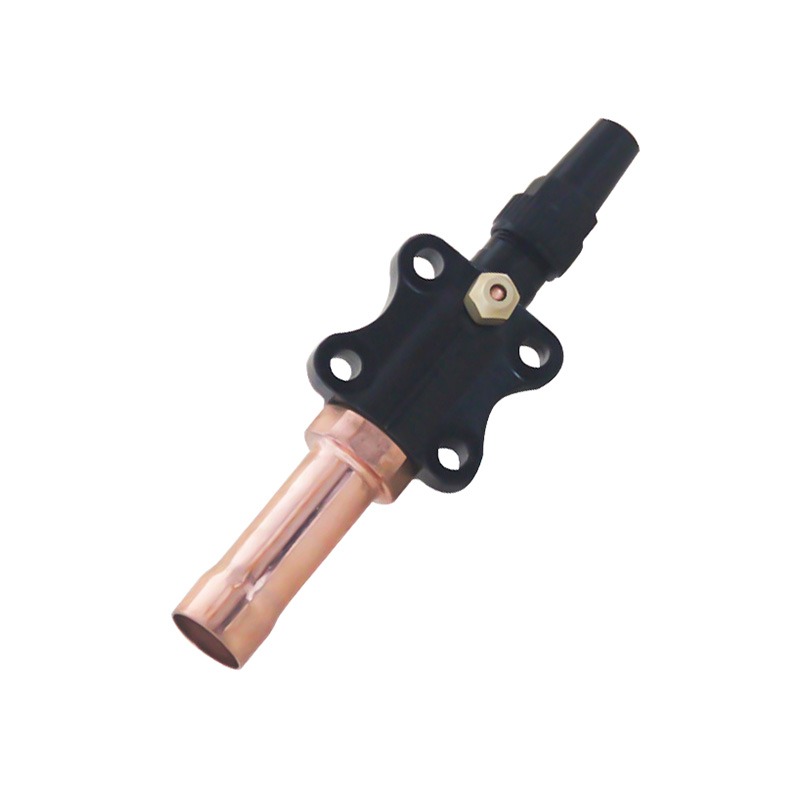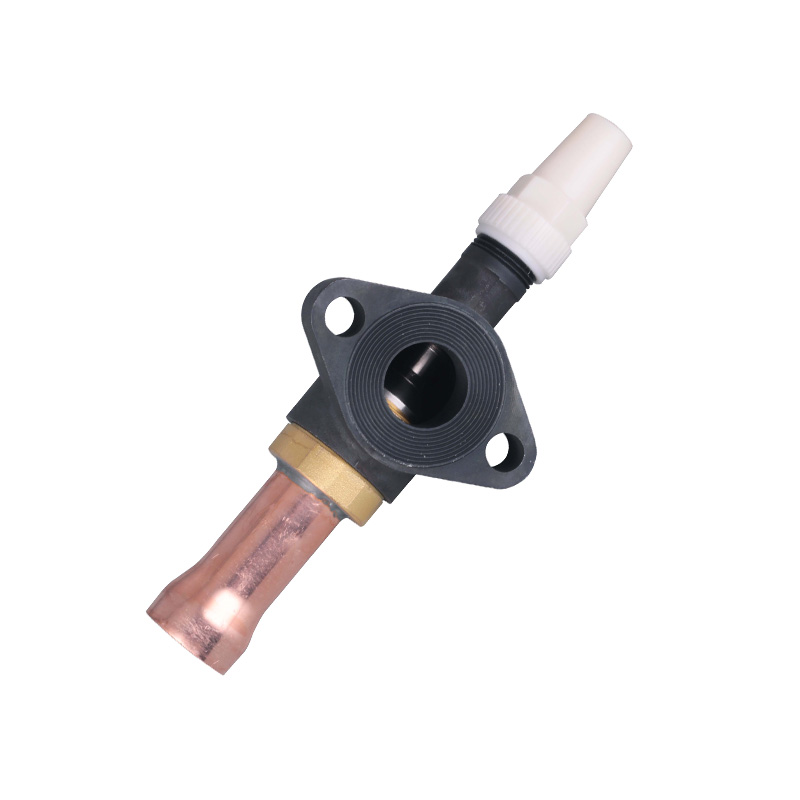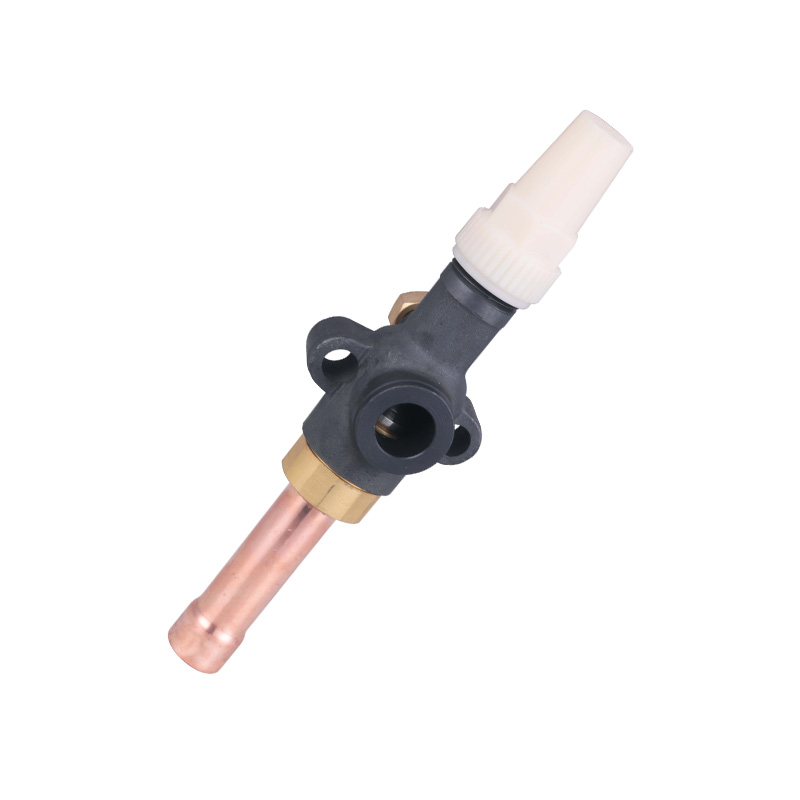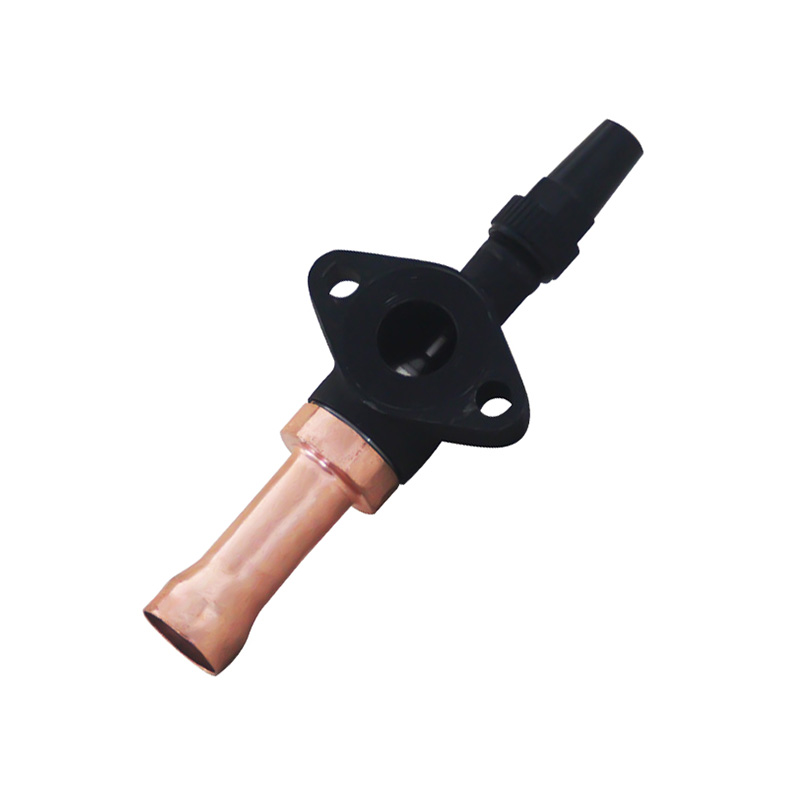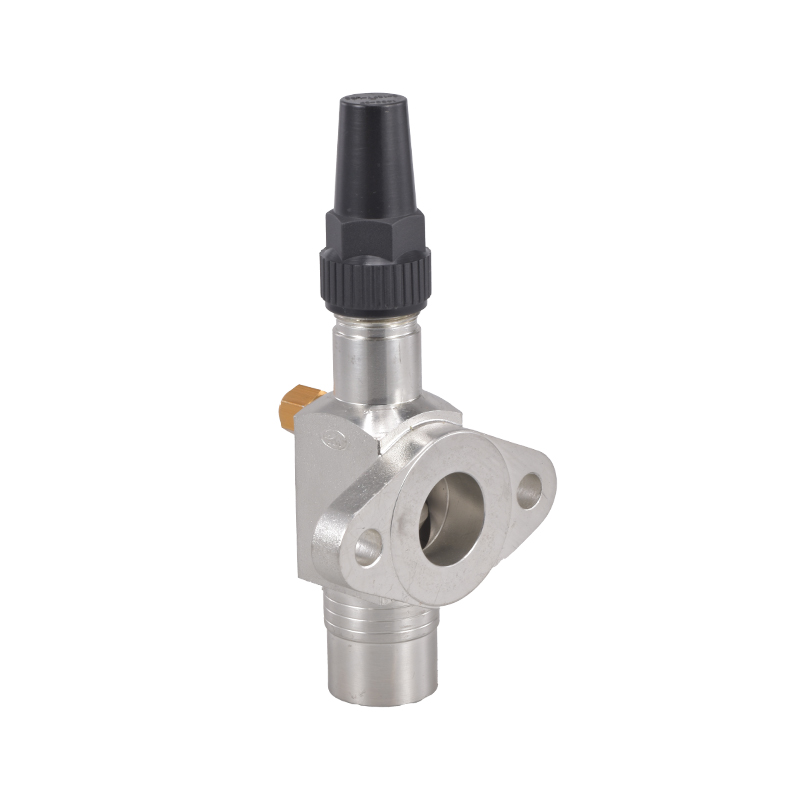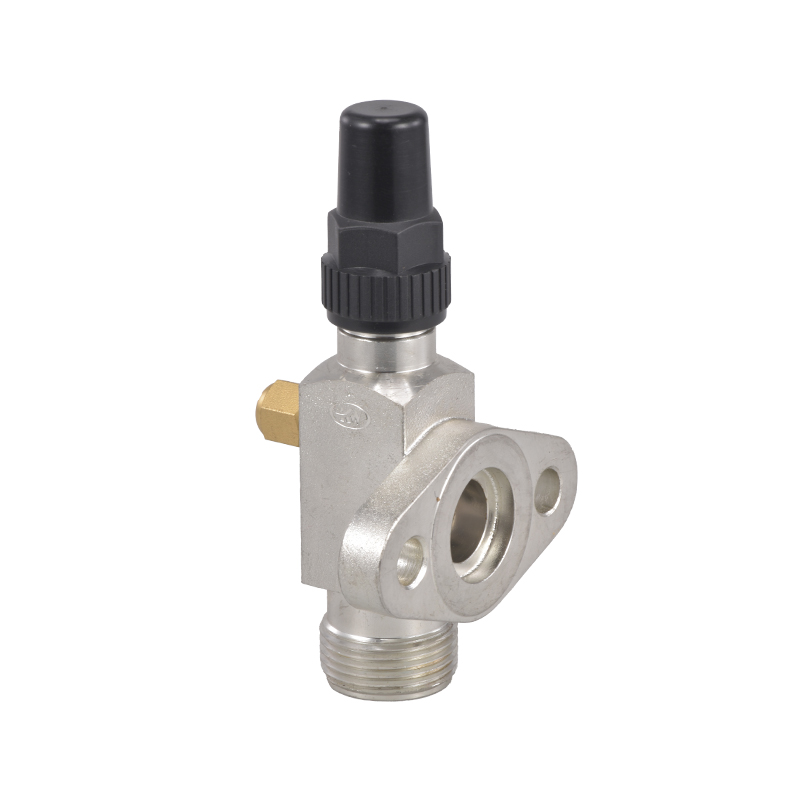Oil Separation Technology Matters in Modern HVAC and Chiller Systems
 By Admin
By Admin
In modern cooling and air-conditioning systems, efficiency and reliability are non-negotiable. Whether it's a large-scale commercial HVAC setup or an industrial refrigeration chiller, one of the most overlooked—but absolutely essential—components is the oil separator. Specifically, the chiller oil separator, refrigerant oil separator, and HVAC oil separator all play crucial roles in maintaining performance, protecting compressors, and reducing operational costs.
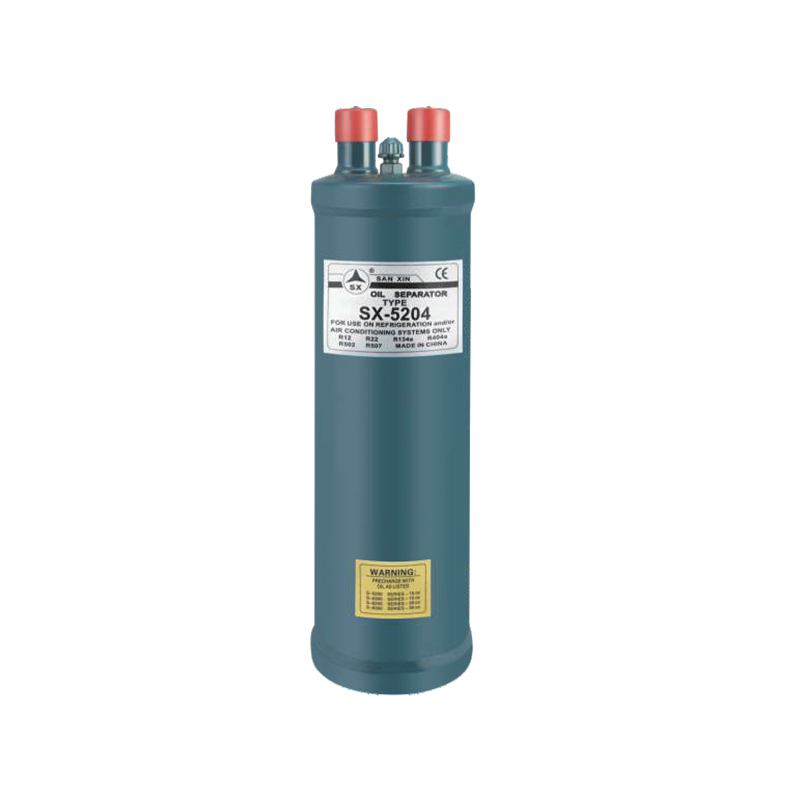
What Is an Oil Separator?
An oil separator is a device that removes lubricating oil from the refrigerant gas returning to the compressor. While oil is necessary to lubricate moving compressor parts, its circulation through the refrigeration cycle can reduce efficiency and even damage other system components. This is where the chiller oil separator, refrigerant oil separator, and HVAC oil separator step in—each designed to optimize system performance in different but often overlapping applications.
The Role of the Chiller Oil Separator
The chiller oil separator is most commonly used in large industrial or commercial chillers where the refrigerant and oil must be separated before the refrigerant enters the condenser. Without proper oil separation, oil can coat the interior surfaces of heat exchangers, reducing thermal conductivity and leading to overheating or inefficient heat transfer. By keeping the refrigerant stream free of oil, the chiller oil separator ensures smooth system operation and extends the life of the compressor.
Another advantage of using a chiller oil separator is improved maintenance. Systems without this component often experience increased downtime and higher service costs due to oil-related contamination. This simple yet effective device helps reduce those risks significantly.
How a Refrigerant Oil Separator Improves Efficiency
A refrigerant oil separator is typically installed right after the compressor in a refrigeration circuit. Its job is to collect the lubricating oil and return it directly to the compressor’s crankcase. This ensures that oil doesn’t travel through the evaporator or condenser, where it would otherwise hinder performance.
In high-efficiency refrigeration systems, even a small amount of oil in the refrigerant can reduce heat exchange by forming a thin insulating film. The refrigerant oil separator eliminates this problem, allowing for optimal thermal transfer. As energy efficiency becomes increasingly important in modern design, the refrigerant oil separator is no longer just an accessory—it’s a requirement.
HVAC Oil Separator: Enhancing Air Conditioning Systems
In HVAC systems, especially those with complex ductwork or long refrigerant lines, an HVAC oil separator helps maintain system balance. These systems often operate under variable loads and conditions, and consistent oil return is critical to keeping compressors running smoothly. The HVAC oil separator captures and returns oil, ensuring the compressor remains properly lubricated without flooding the evaporator or condenser.
Beyond efficiency, an HVAC oil separator also contributes to indoor air quality and comfort. By preventing oil from entering the air handler or coils, it helps maintain clean airflow and stable temperature control—two factors critical in large-scale commercial air conditioning systems.
Working Together for Maximum Impact
Though the chiller oil separator, refrigerant oil separator, and HVAC oil separator may differ slightly in design and application, their purpose is unified: to separate oil from refrigerant and return it where it's needed most. These components work quietly in the background, yet their impact on system longevity, energy efficiency, and maintenance costs is undeniable.
Investing in a high-quality chiller oil separator, refrigerant oil separator, and HVAC oil separator could be the decision that keeps your system running efficiently for years to come.




 English
English русский
русский Deutsch
Deutsch
